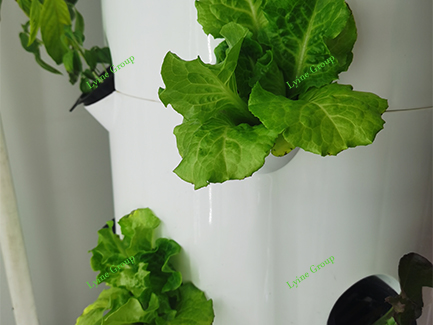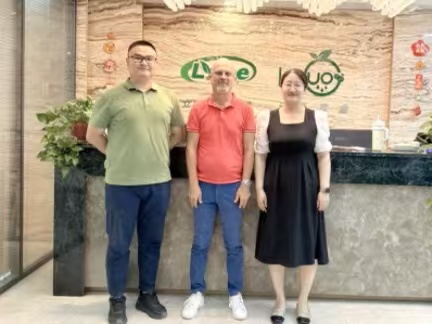Aeroponic Tower System is a new type of vertical hydroponic planting technology that can achieve large-scale crop cultivation in limited space while also saving a lot of water resources. In water scarce areas like the Philippines, adopting the
Aeroponic Tower System can significantly increase the yield and quality of crops, thereby meeting the local people's food needs.
The Philippines is a tropical country with a suitable climate and fertile soil, making it very suitable for growing various fruits and vegetables. However, due to the scarcity of water resources, traditional agricultural production models often face problems such as insufficient irrigation, soil degradation, and pests and diseases. The Aeroponic Tower System can moisturize plants by spraying small water droplets, thereby achieving an efficient and water-saving planting mode. At the same time, Aeroponic Tower System can also plant in indoor or semi indoor environment, which is not affected by season and weather, and can achieve year-round planting and harvesting.

When using the Aeroponic Tower System for agricultural production, the following points need to be noted:
1. Planting environment: The Aeroopnic Tower System needs to be planted in a relatively closed environment to ensure that water does not evaporate excessively. At the same time, the planting environment needs to maintain appropriate temperature and humidity to promote plant growth.
2. Planting Media: The Aeroponic Tower System can use various media for planting, such as peat, rock wool, vermiculite, etc. The medium needs to have good ventilation and water retention to meet the growth needs of plants.
3. Nutrient solution: The Aeroponic Tower System uses nutrient solution to provide the nutrients required by plants. The formula of nutrient solution needs to be adjusted according to different crops to meet their growth needs.

Using the Aeroponic Tower System for agricultural production can effectively improve the yield and quality of crops, and save a lot of water resources. In water scarce areas such as the Philippines, adopting the Aeroponic Tower System can provide a richer and more reliable food supply for local people.
Aerosol cultivation can achieve efficient and sustainable agricultural production under limited land and water resources. The system adopts air culture tower technology, which can carry out agricultural production in vertical space, greatly saving land resources.
At the same time, the system also uses hydroponics technology, which can cultivate plants in water, avoiding Soil contamination and land diseases. This system can be applied to the cultivation of various crops, including vegetables, fruits, herbs, etc. Through this approach, diversification and sustainability of agricultural production can be achieved, bringing new opportunities for agricultural development in the Philippines.








.jpg)
